Hex nuts are essential fasteners used across industries, from automotive to construction. Their production involves precise engineering, material selection, and quality control. Below is a comprehensive overview of the manufacturing process, materials, standards, and quality checks involved in hex nut production.
1. Common Materials
Hex nuts are manufactured from various materials to meet strength, corrosion resistance, and application-specific requirements:
Carbon Steel: The most widely used material due to its affordability and strength. Grades 6 and 8 (based on ASTM standards) are common for industrial applications.
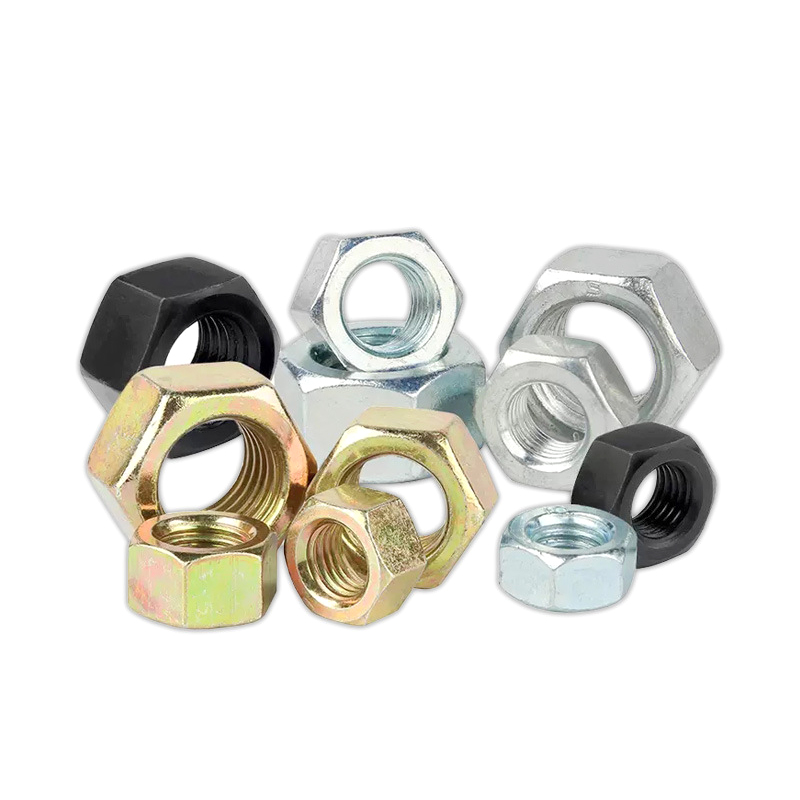
Stainless Steel: Offers corrosion resistance, ideal for marine or chemical environments (e.g., 304 or 316 stainless steel).
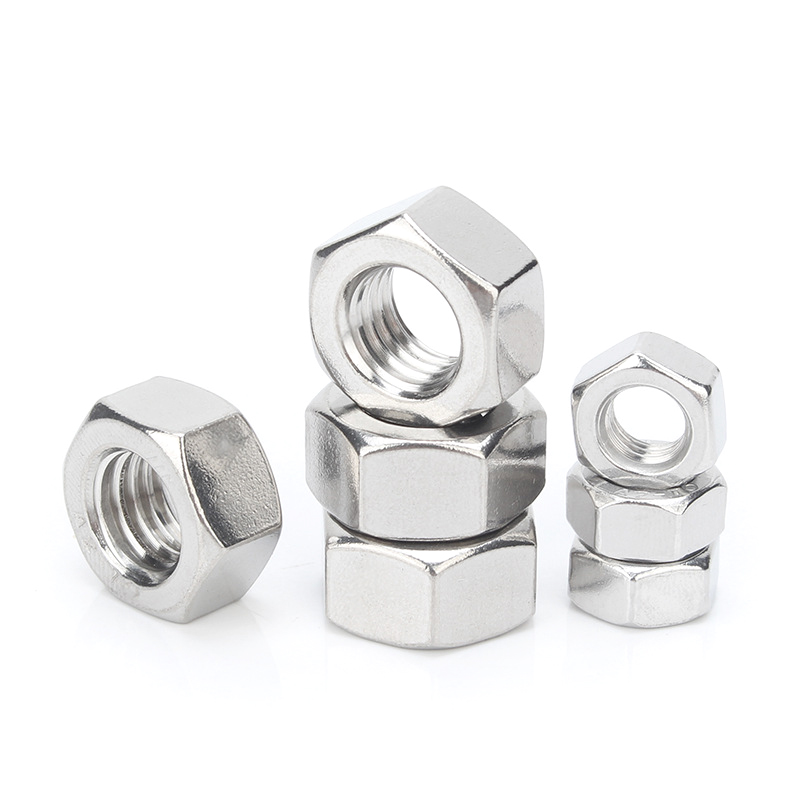
Brass: Used for electrical components or decorative purposes due to its conductivity and aesthetic appeal.
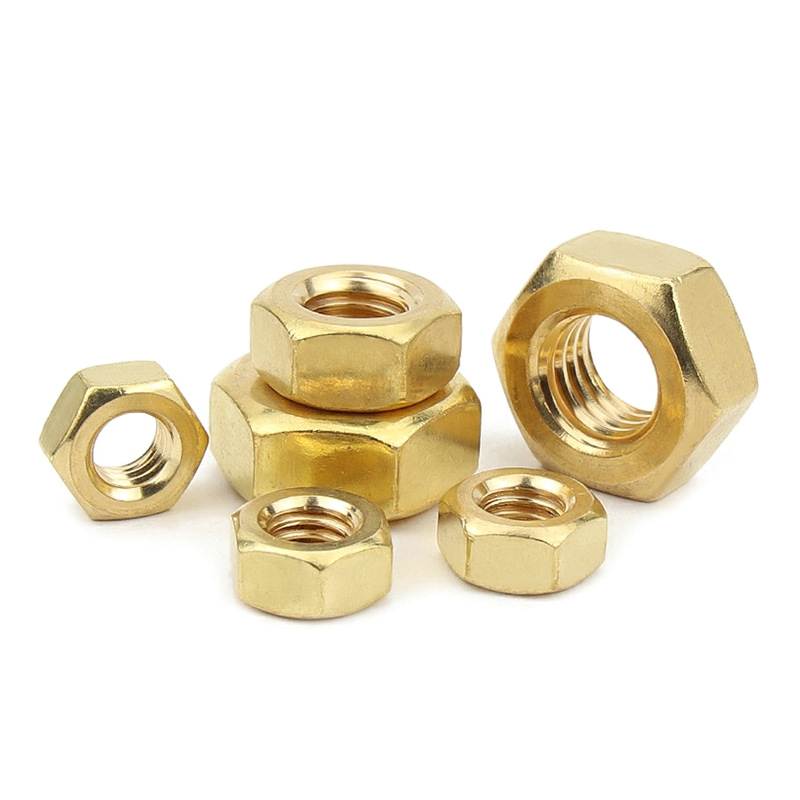
Alloy Steel: Enhanced strength for high-stress applications, often heat-treated.
2. Production Process
The manufacturing of hex nuts typically involves the following steps:
a. Wire Rod Preparation
Raw material (e.g., steel wire) is cut into blanks of specific lengths. The wire is often cold-drawn to improve hardness and surface finish.
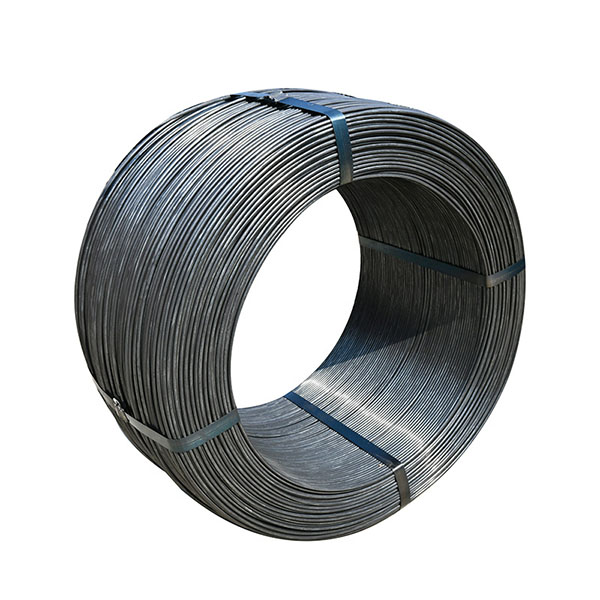
b. Cold Forging
The primary shaping method for hex nuts. Blanks are placed in a die and subjected to high-pressure cold forging to form the hexagonal shape. This process ensures high dimensional accuracy and minimal material waste.
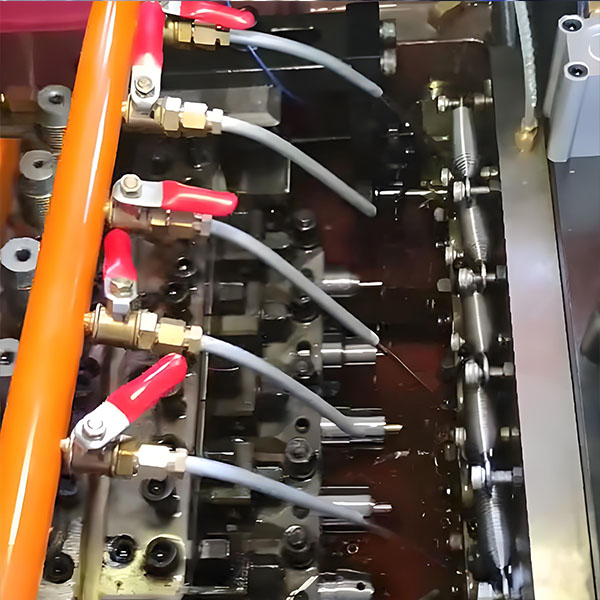
c. Threading
After forging, nuts undergo threading. This is done using tapping machines that cut internal threads to match standardized bolt sizes (e.g., metric or UNC threads).
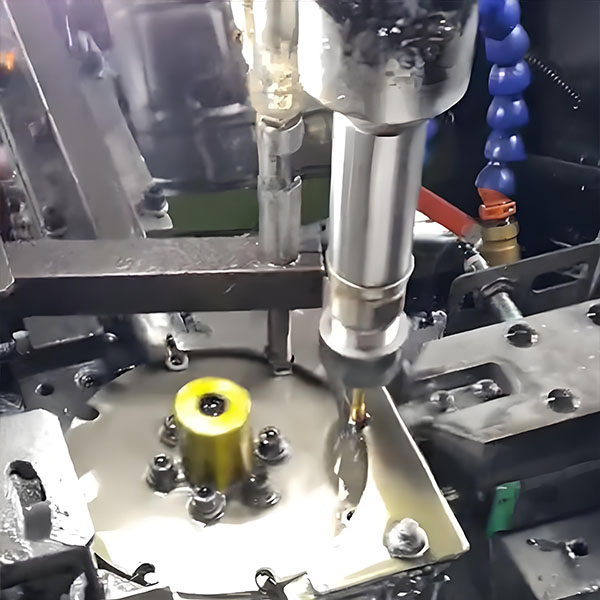
d. Heat Treatment
For high-strength nuts (e.g., Grade 8), heat treatment (quenching and tempering) is applied to enhance hardness and durability.
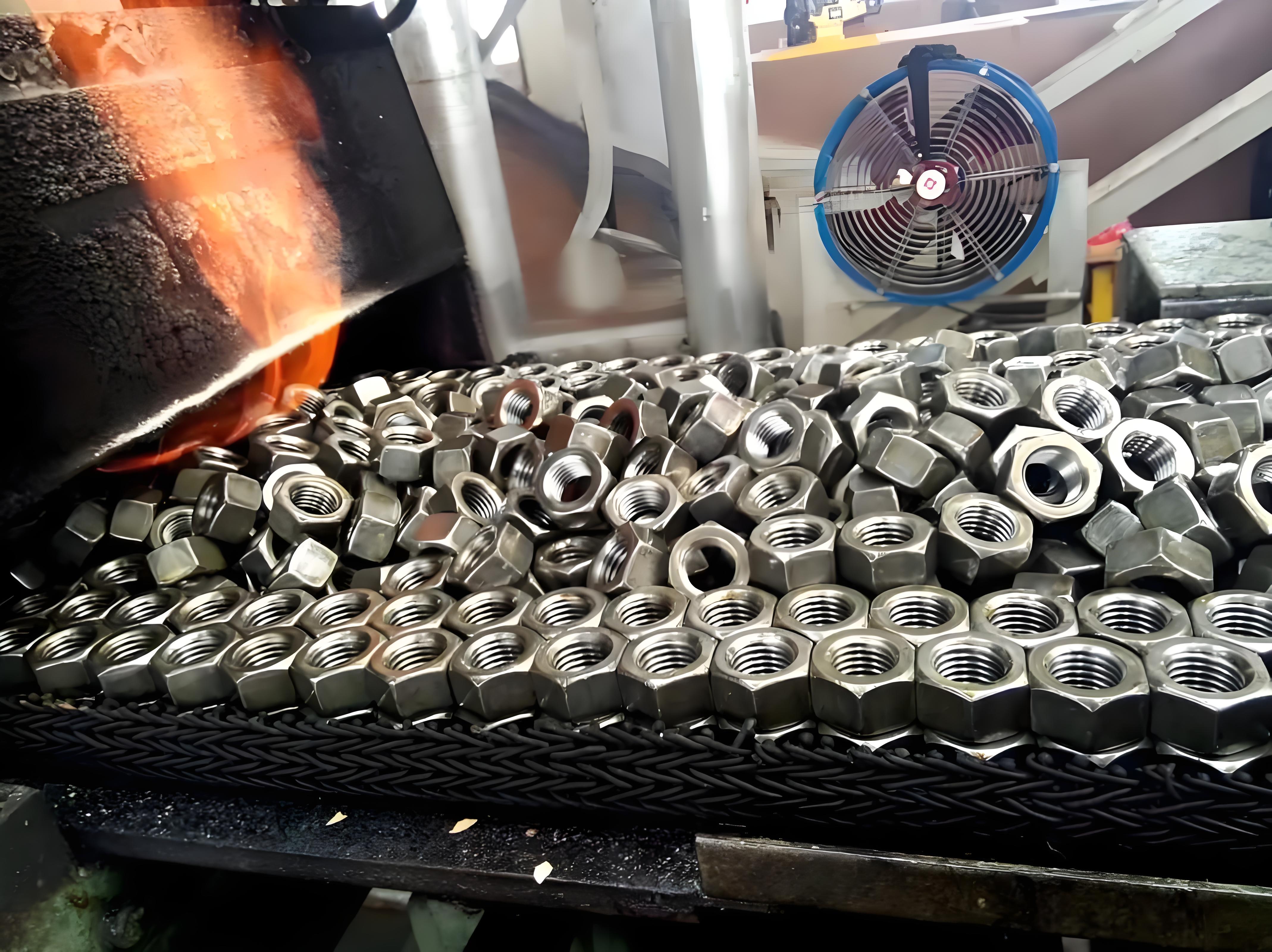
e. Surface Finishing
Surface treatments improve corrosion resistance and appearance:
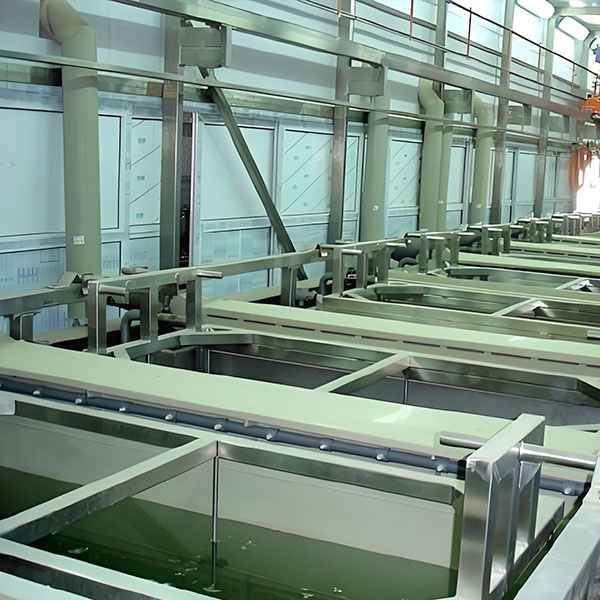
Galvanizing: Zinc coating for rust prevention.
Black Oxide: Provides a protective layer and aesthetic finish.
Nickel/Chrome Plating: Enhances corrosion resistance and visual appeal.
Dacromet Coating: A zinc-aluminum flake coating for extreme environments.
3. Grades and Standards
Hex nuts adhere to international standards to ensure compatibility and performance:
DIN Standards: DIN 934 (metric hex nuts), DIN 6334 (long coupling nuts).
ISO Standards: ISO 4032 (general-purpose hex nuts).
ASTM/ASME: ASTM A563 (carbon and alloy steel nuts), ASME B18.2.2 (dimensional standards).
Grades (e.g., 6, 8, or 10) indicate tensile strength, with higher numbers denoting greater durability.
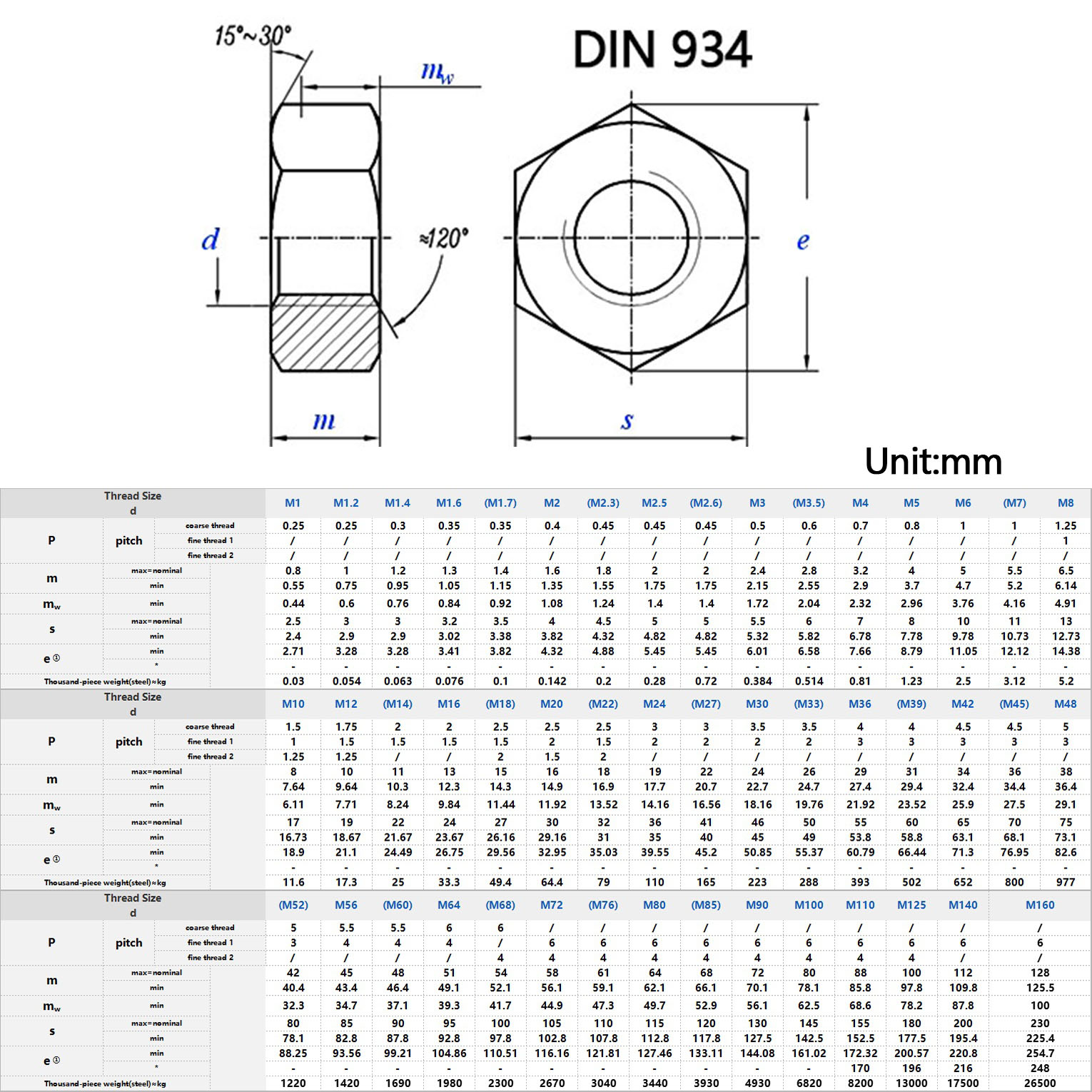
4. Quality Inspection
Rigorous testing ensures compliance with specifications:
Dimensional Checks: Verify outer diameter, thread pitch, and thickness using calipers or CMMs.

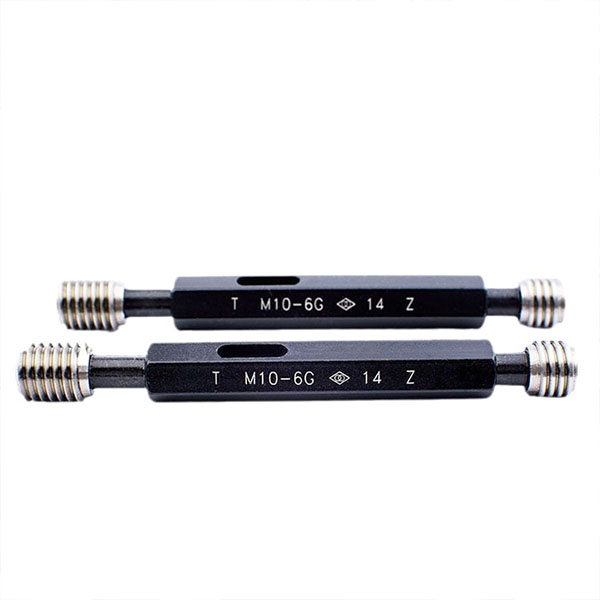

Torque Testing: Ensures nuts can withstand specified torque without stripping.

Hardness Testing: Rockwell or Brinell tests confirm heat treatment effectiveness.
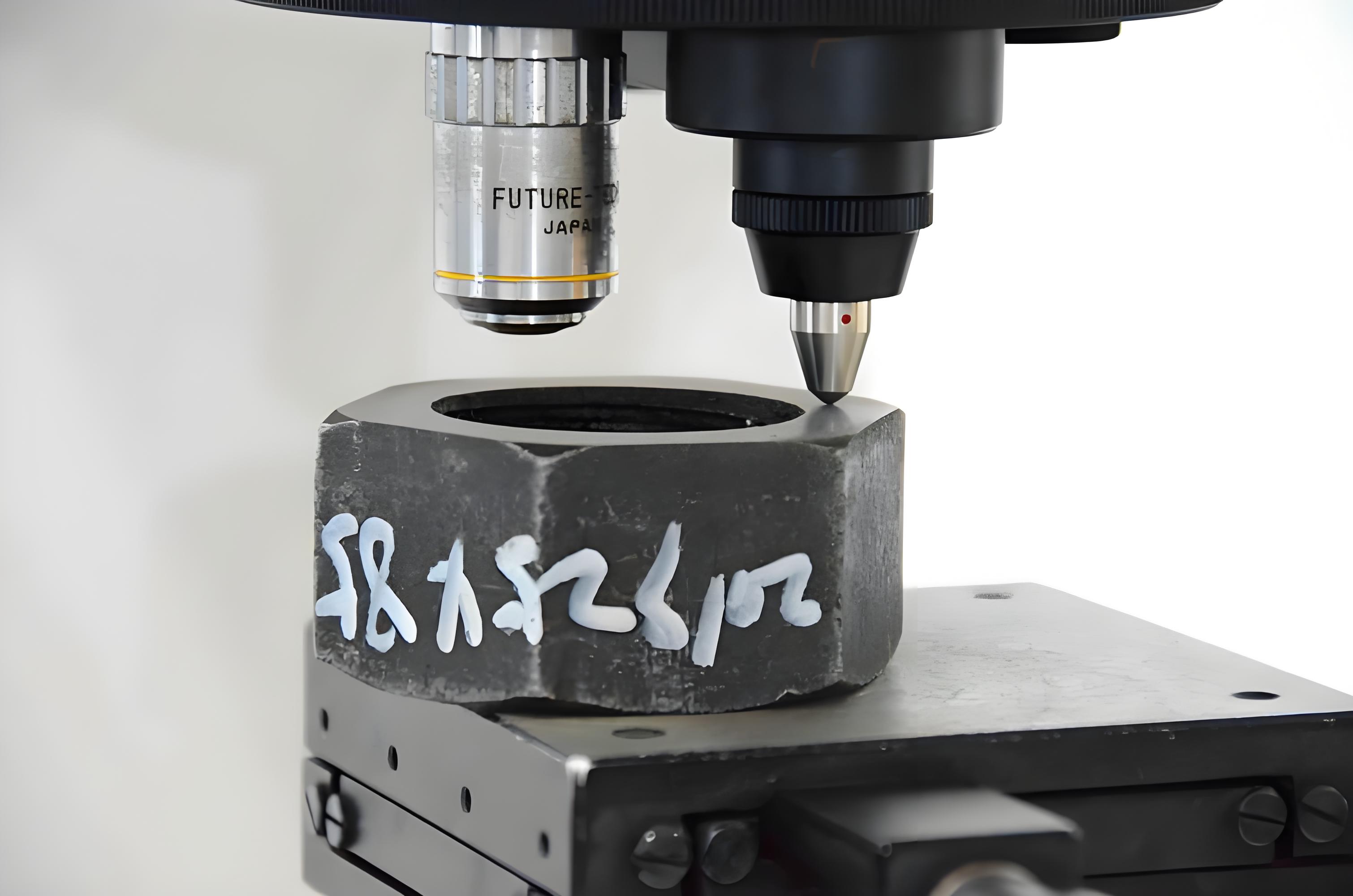
Salt Spray Testing: Evaluates corrosion resistance for coated nuts.

5. Packaging and Delivery
Finished nuts are packaged based on customer requirements:
Bulk Packaging: Cartons or pallets for industrial buyers.
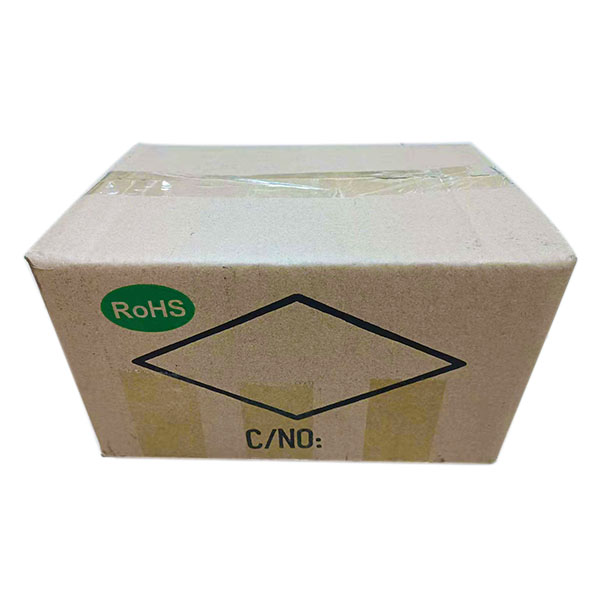
Retail Packaging: Small boxes or blister packs for consumer use.
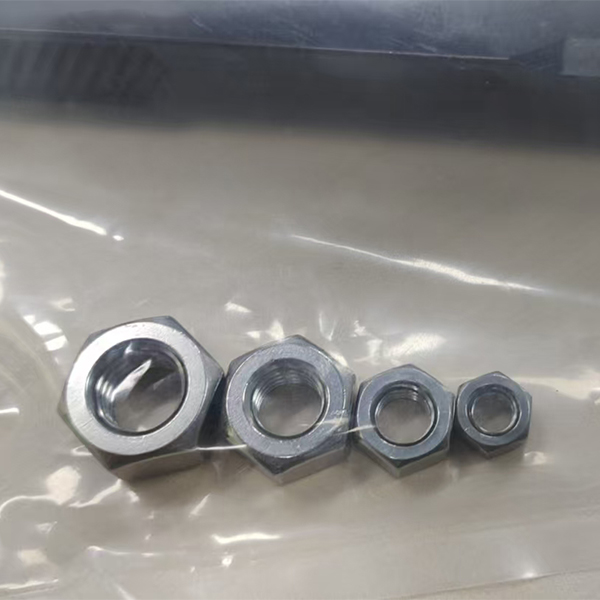
Anti-Corrosion Measures: VCI paper or desiccant packets are added for long-term storage.
6. Industry Applications
Hex nuts are critical in automotive assembly, machinery, construction, and aerospace. Custom variants, such as flange nuts or lock nuts, address specific needs like vibration resistance.
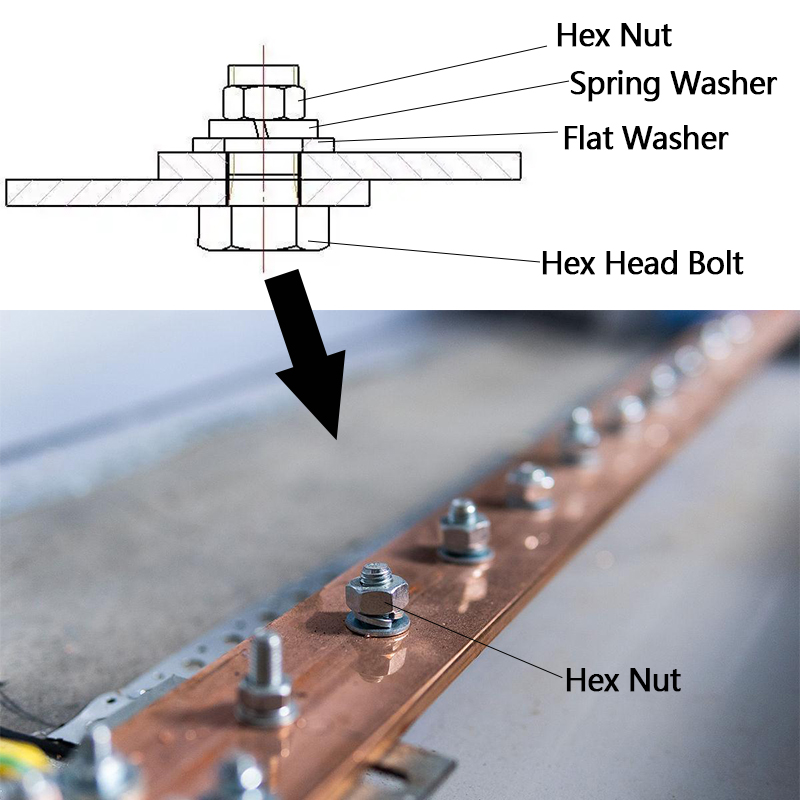
Conclusion
Producing hex nuts requires a blend of metallurgical expertise, precision engineering, and adherence to global standards. From material selection to final packaging, each step ensures the nuts meet performance and safety demands. Manufacturers like Yuetong Fasteners and Transhow Fasteners exemplify this process, offering a wide range of nuts for diverse applications.
For detailed specifications or custom orders, refer to suppliers’ catalogs or industry standards like DIN, ISO, and ASTM.






























